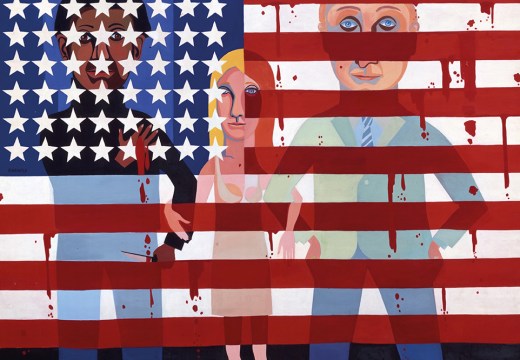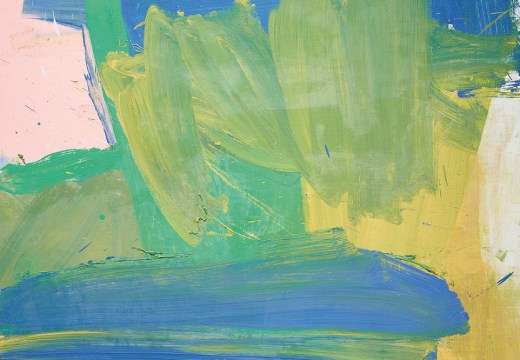The archaeological crypt of the Île de la Cité is reopening for the first time since the fire at Notre-Dame with an exhibition on the history of the cathedral in the 19th century. It begins with the publication of Victor Hugo’s best-selling novel The Hunchback of Notre Dame, which raised public awareness of this masterpiece of Gothic architecture, then in a parlous state, and inspired a campaign for its restoration. With a number of early photographs of the cathedral, the exhibition looks at the renovations of Eugène Viollet-le-Duc, who added both the famous spire and a series of stone gargoyles on the upper gallery (partly inspired by illustrations found in an edition of Hugo’s Hunchback). The display also considers how the global success of the novel – not to mention its adaptation by Disney – has cemented a certain image of the cathedral in the public imagination, and includes a number of contemporary artists’ responses to Notre-Dame. Find out more from the Paris Musées website
Preview below | View Apollo’s Art Diary here

Quasimodo Saving Esmeralda from the Hands of Her Executioners (1832), Eugénie Henry. Photo: © Maisons de Victor Hugo/Roger-Viollet

Souvenir (c. 1864), Victor Hugo. Photo: © Maisons de Victor Hugo/Roger-Viollet

Le Stryge (c. 1853), Charles Nègre. Photo: © Maisons de Victor Hugo/Roger-Viollet

Paris (04) (2017; from the series Photo Opportunities/Paris, 2005–ongoing), Corinne Vionnet. Collection du musée Carnavalet – Histoire de Paris; © Corinne Vionnet











![Masterpiece [Re]discovery 2022. Photo: Ben Fisher Photography, courtesy of Masterpiece London](http://www.apollo-magazine.com/wp-content/uploads/2022/07/MPL2022_4263.jpg)
Why are fathers so absent from art history?